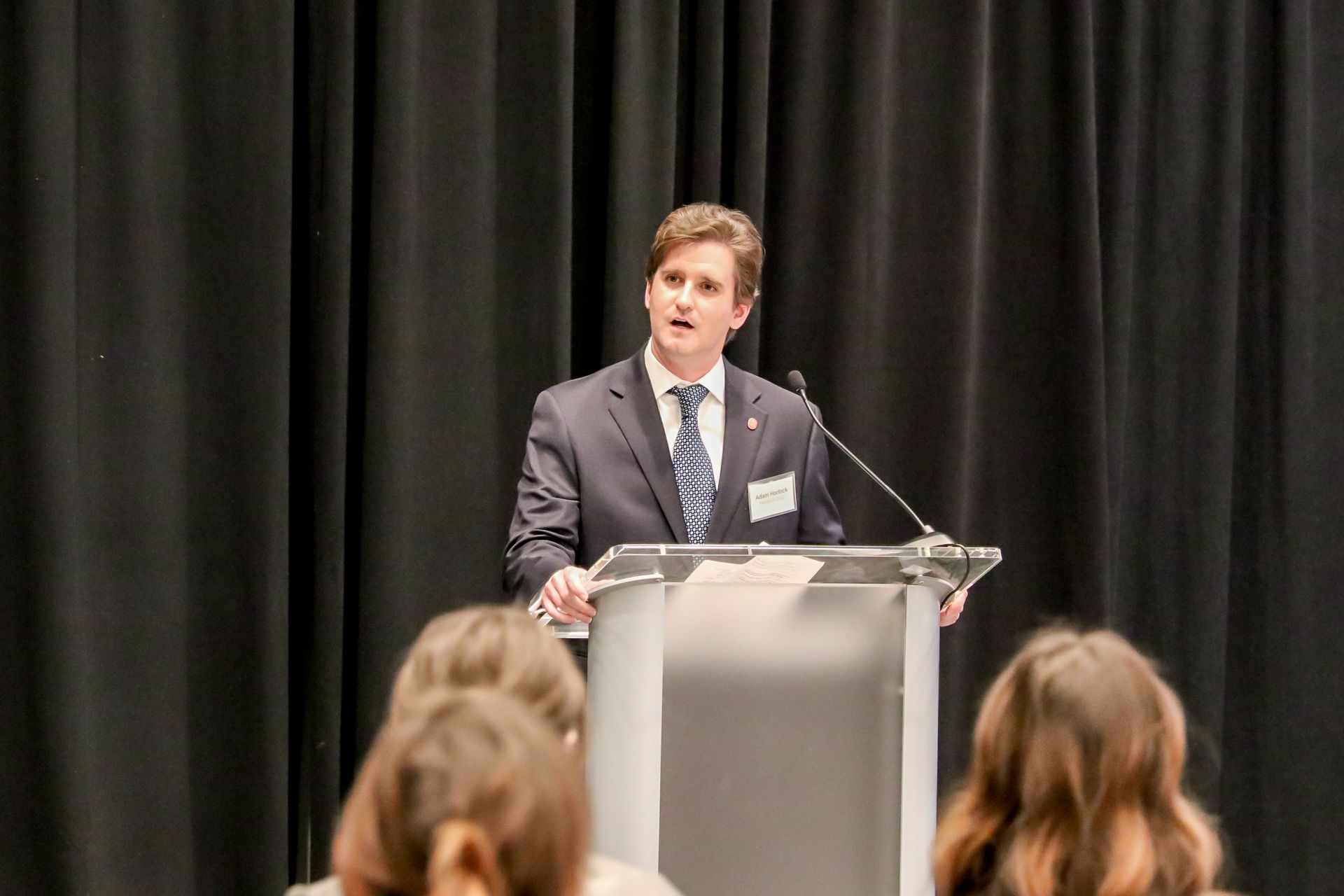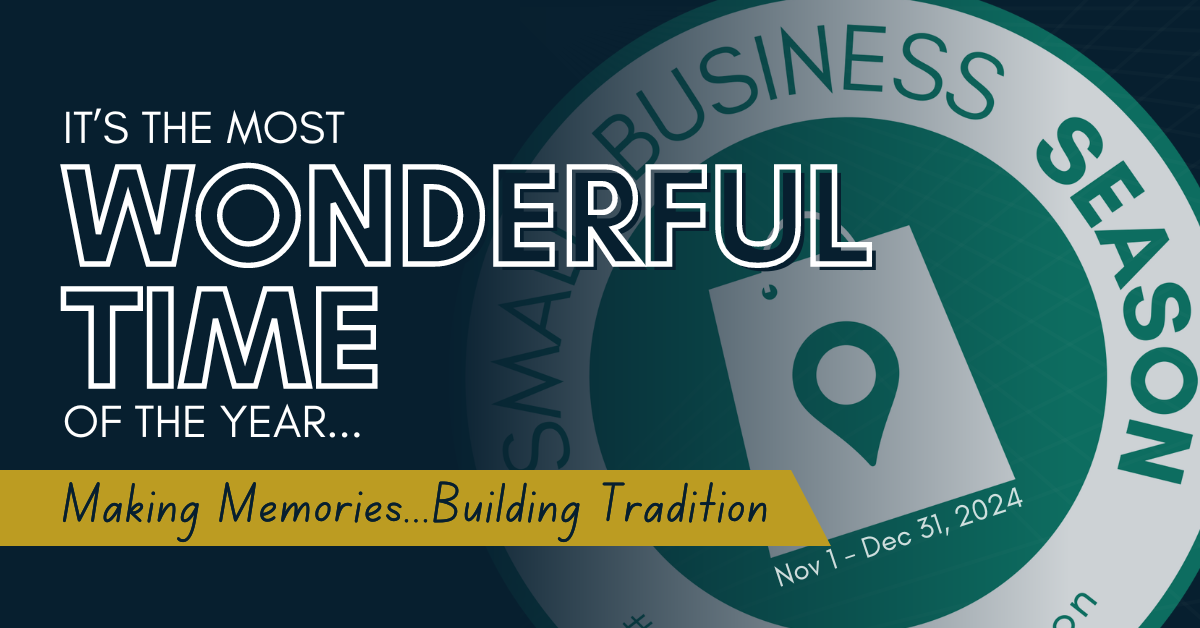Small Businesses Waste $20,000 + Every Year
Are You One of Them?
Every successful endeavor, whether on the field or in business, begins with a solid strategy. The NFL draft we're watching this weekend is a perfect example. Every team has spent months crafting its approach to selecting the right players, trading picks, and filling key positions. Their decisions aren't haphazard; they're guided by hours of research, analysis, and a deep understanding of their goals.
Now, think about your favorite college football team. They create a strategy for every game, breaking down plays, evaluating opponents, and assigning roles. Even your child's t-ball or swim coach navigates each match or meet with a tactical plan. And who can forget the Girl Scouts? Their cookie sales strategy is a model of precision and effectiveness.
Yet, despite so many examples of the power of strategy, it's surprising how many businesses operate without one. No, I don't mean a plan for running ads, posting on social media, or sprucing up your office space. I mean a comprehensive, customer-focused strategy that drives growth, efficiency, and long-term success.
Without that, businesses risk wasting resources, time, and dollars. How much?
Small businesses in the U.S. with 1-4 employees waste an estimated $20,000 annually on their marketing budgets alone.
Now ask yourself, how much of your spending can you confidently say is driving the results you need?
A Lack of Strategy = Wasted Resources
Here's where dollars often disappear when businesses operate without a real strategy:
1. Reaching the Wrong Audience
Many businesses pour their budgets into campaigns with the broadest reach possible. The result? They miss their ideal customers. Bigger isn't always better. Spending a little extra to reach fewer, well-targeted individuals who match the profile of your ideal customer will yield far greater results.
2. Following the Wrong Example
No two businesses are the same. Yet, it's common to see business owners mimic what their neighbors are doing. Maybe you noticed the shop down the street running Facebook ads or placing prominent outdoor signage. But what works for them may not work for you, especially if your industries, goals, and customer bases differ. Avoid comparing apples to oranges. Instead, develop a plan tailored to your unique needs.
3. Ineffective Messaging
You've chosen the right channel, and your ad reaches your target audience; that's half the battle. But if your messaging is too generic, forgettable, or uninspired, you lose the chance to connect. Worse, it risks leaving a negative impression. Effective messaging takes more than creativity; it requires a deep understanding of the emotional triggers and values that matter to your audience.
4. No Call to Action (Or the Wrong One)
This might be the costliest mistake of all. You've attracted attention and created interest—but now what? Without a clear, compelling call to action that directs your audience and motivates them, even the most brilliant campaign can fall flat. Make it easy for your customers to take the next step and ensure that this step is intentional and impactful.
The Customer-Centric Advantage
The most successful businesses place their customers at the core of everything they do. Strategy starts with understanding:
- Get to Know Your Customers: Who are they? What do they value? What challenges do they face that your product or service can solve? Conduct surveys, gather feedback, and study your customer data.
- Craft Customer-Centric Strategies: Use these insights to tailor your offerings, messaging, and approach. Stop trying to be everything to everyone—instead, aim to connect deeply with the segments that matter.
- Align Goals with Execution: Every tactic you employ should ladder back to your ultimate business goals. Your strategies guide this alignment, ensuring every dollar and effort makes an impact.
Through this customer-first approach, your business will grow, and you'll also foster loyalty, trust, and engagement over the long term.
Take Control of Your Strategy
Here's a scenario to consider. Imagine sitting down and reviewing your marketing spending from last year. What if, upon reflection, you realized a significant chunk of your budget went to efforts that didn't drive results? That reality might be tough to swallow, but it's not uncommon. The good news is that it's never too late to change.
Ask yourself:
- Am I consistently reaching, engaging, and converting my target audience?
- Do I truly understand what drives my customers' purchasing decisions?
- Is every dollar of my marketing budget tied to a strategic plan?
- Do I have data to support my decisions, or am I guessing?
If these questions reveal gaps, it's time to prioritize strategy. It's time to put your customers at the center of your efforts and focus on what will actually drive sustainable growth.
Real Growth Requires Strategy
Think back to the examples that opened this article. Whether players are being drafted, coaches plan game plays, or Girl Scouts learn the art of door-to-door sales, every success story begins with a strategy. Shouldn't your business benefit from the same approach?
Strategy
first. Strategy
always.
The bottom line? Growth and efficiency happen when businesses understand their customers and craft strategies that serve them best. Eliminate waste, target the right audience, and master messaging that converts. Then, watch as your marketing efforts and overall business results transform.
It all starts with one decision.
Need Help?
Are you not sure you have the right strategy or have questions? The team at Edit Media is here to help. We offer a FREE consultation that could be the most valuable hour spent on your business. We build strategies for winning brands.
Before investing in ads or making uncertain expenditures, talk to us. Visit Edit Media Consulting:https://www.editmediaconsulting.com/ or call our local office at (769) 300-1460.
____________________________________________________________________________
About the Author
Adam Horlock has over 15 years of experience in media relations and operational leadership. Horlock has served in management and executive capacities, opening new offices for both the commercial foodservice and coworking office space industries. Additionally, Horlock has worked with FOX and Gordon Ramsay Productions and has multiple national television appearances with Ramsay on FOX and Ramsay's series "24 Hours to Hell and Back". Horlock has also worked with Food Network and celebrity chef Robert Irvine in the "Kitchen Impossible" series.
In 2021, Horlock was named a contributing writer for Entrepreneur Magazine and is featured in national media such as USA Today, Yahoo! Finance, San Francisco Examiner, and TechTimes. Horlock launched Pinnacle Public Relations in 2022, working with brands in tech, fin-tech, healthcare, financial services, and startups. In 2023, Horlock co-founded and launched the Bourbon and Business Podcast©, available on Spotify, Apple Podcasts, iHeartRadio, Amazon Music, and multiple additional platforms. Horlock is also writing his first book, "The Lies Brands Tell Themselves, and the Truths That Set Them Free©."
____________________________________________________________________________
Edit Media Consulting launched in early 2022, and founder Alexandra Shockey has grown the agency with locations in Memphis, Nashville, Oxford, and now Jackson. Shockey launched Edit Media after nearly ten years of experience at FedEx, where she managed the Global Social Media and Media Relations teams.
Her extensive storytelling experience has garnered national awards and recognition in the social media industry, with story coverage in the Financial Times, Wall Street Journal, The New York Times, Bloomberg, Forbes, Wired, and all major broadcast networks. Shockey has more than two decades of media experience, during which she has led marketing campaigns from business launches to product launches to global marketing initiatives. Adam Horlock and Alexandra Shockey officially merged Pinnacle Public Relations into Edit Media in January 2024.
Businesses Waste $20,000+ Every Year. Are You One of ThemEvery successful endeavor, whether on the field or in business, begins with a solid strategy. The NFL draft we're watching this weekend is a perfect example. Every team has spent months crafting its approach to selecting the right players, trading picks, and filling key positions. Their decisions aren't haphazard; they're guided by hours of research, analysis, and a deep understanding of their goals.











